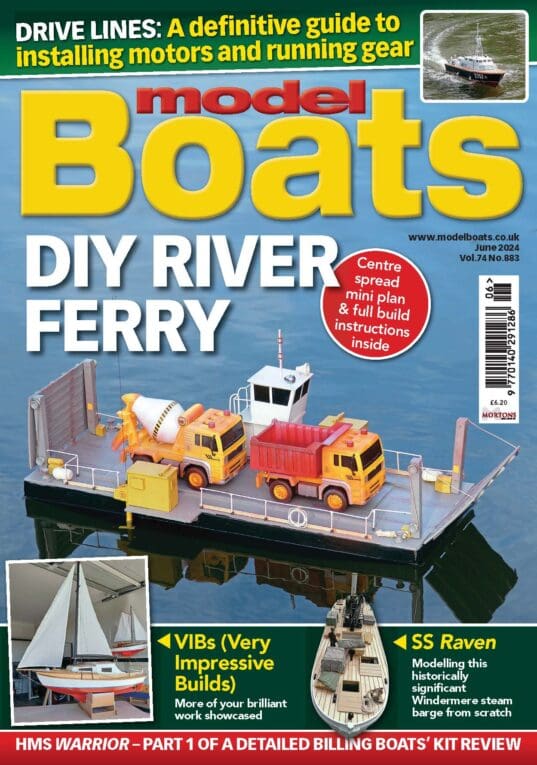With the bottom boards sorted, it was time to get on with the thwarts. As in previous stages of the build, I decided to discard the screen-printed plywood blanks that came with the kit, and instead dug out a piece of 1 mm maple sheet, which I cut into suitable strips on the bandsaw.

My initial idea for the aft benches was to cut notches into them so that they would fit around the (false) frames on the inside of the hull …

… like this …

… but in the end I abandoned this idea in favour of a set of stern thwarts and benches that would just rest on top of the thwart stringer, up against the inside of the frames.

At this stage, the stern thwarts and benches were just a mock-up, anyway, as I wanted to put such a one together against which to measure the final version, which could then be built flat on the table, completely off the dinghy.

A new set of components were therefore cut to size and fitted together with the mock-up as guide. Given that the dinghy hull is not perfectly symmetrical between the port and starboard sides, I found this approach much easier than trying to measure the two quarters of the dinghy and then build from that.

Once the main pieces had been shaped to fit against each other at the appropriate angles, the aftmost thwart was fixed in place with some masking tape, while the front thwart was glued in.

Next, the aft joints were cut out to make room for a couple of knees, and the aft thwart then glued onto the bench ends.

Two knee blanks were made up, and also glued in position …

… and, once the glue had set, filed and sanded to their proper, rounded shape. A 0.5 mm stringer was then glued onto the fore-and-aft outsides, in part to fill out the shape to fit just so between the frames, but also in order to create a nice and smooth profile line.

Finally, after sanding down the outside stringers and the upper and lower surfaces, two reinforcing stringers were glued into place on the underside.

The thwarts and benches now fitted quite nicely in the stern …

… with the cut-out joinery creating a made-up look to the whole thing that would have been missing, had I used the one-piece plywood blank that came with the kit.

A fore twart was also made up, and the whole given the usual couple of coats of mahogany stain …

… followed by the equally usual four or five coats of gloss varnish …

… to finally look like this on my work top …

… and like this …

… in the dinghy.

To be continued …
/Mattias
Edited By Banjoman on 21/07/2015 11:57:22


















































































































